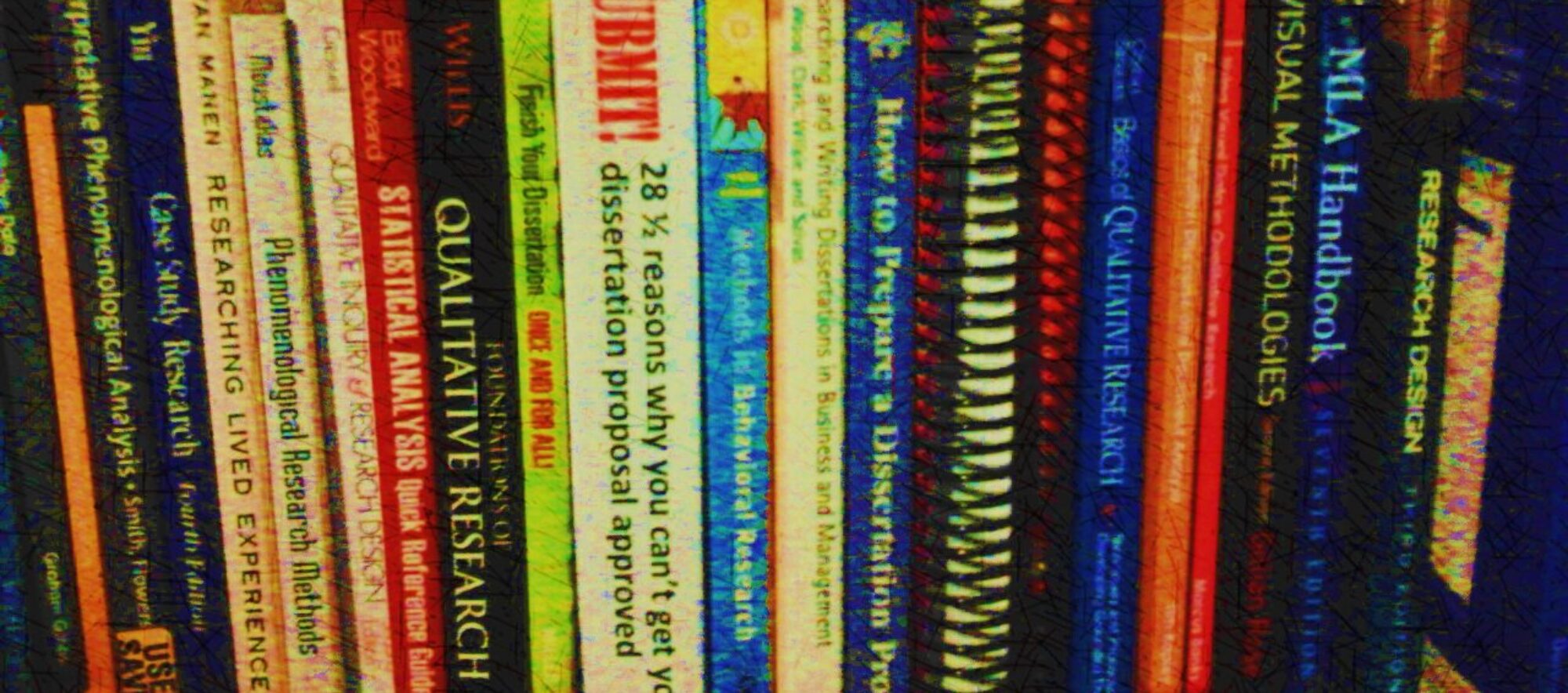Have heard your dissertation chair say, “Good is the enemy of the best,” and taken that as an exhortation to settle for nothing less than perfection? Such statements don’t usually improve our performance. Perfection is a high bar not easily defined let alone achieved. Can you claim to have achieved perfection? Sometimes I thought I wrote something that was perfect, but even a few hours later, I discovered typos, grammar errors, and faulty reasoning. Maybe it is time to let go of our obsession with perfection and focus on doing our best.
In academe, perfection is a moving target
At this point in your academic journey, you have probably read hundreds if not thousands of journal articles, books, and dissertations. If you have written an annotated bibliography, you’ve delved deeply into your sources. You’ve searched for support for your positions among the claims of famous scholars and respected experts. Did you spot a few typos and grammar errors? Did you notice some ideas that weren’t developed? Did you read some impolite references to certain demographic segments that made you feel a little squeamish? Did you perhaps come across some statements that lacked support?
If you are like me, you can overlook a few misspelled words and grammar errors. You can note the unsupported statements and dig deeper. You can forgive politically incorrect references written in a less “woke” time. At what point do you toss the source out as unusable?
While I was writing my dissertation, I relegated about a dozen sources to my Don’t Use folder. The sources were so poorly written, I couldn’t identify the authors’ main points. I can overlook a few errors, especially when the author’s first language is not English, but when it becomes obvious the publisher failed to do even basic editing, that is when my internal red flag starts waving: Danger, Will Robinson! If I can’t figure out an author’s purpose and conclusions, I cannot consider the source reputable.
Perfection may not be easily identifiable because definitions of “perfection” have changed. For example, writing styles regarding gender and race/ethnicity have evolved to reduce bias and promote inclusion. Using masculine pronouns to include all genders was acceptable in the 1950s—not any more. I’m old enough to remember when the polite title Ms. was a big deal.
I may not agree, but it looks as if the word data will soon be allowed to take a singular verb. Gah! Perfection is unattainable when the target keeps moving. Sometimes we need to fight for our position; sometimes we need to adapt when the target shifts.
A desire for perfection is not the enemy
I don’t want to imply that seeking perfection is a bad idea. If we can figure out what perfection is, we should always aim toward it. Striving to do my best always produces better quality work than if I take a half-hearted stab at something and give up after the first try.
I used to believe my work was so stellar I didn’t need to edit and revise . . . as if perfection streamed without fail from my fingers onto the paper through some glorious channeling from the Muse. I admit, I fell prey to a particularly hobbling form of arrogance, as if I had nothing more to learn. This trap usually caught me when I had postponed doing the work until the deadline was in front of my bleary eyes. Of course, the flip side of my arrogance was my deep underlying fear that I really was incompetent and there was no use in trying to produce good work, so I might as well just throw the kitchen sink at it and go to bed.
I have a little note on my desk reminding me to A-B-C-D: Aim high, begin low, climb slowly, and don’t give up. I accept the fact that I am unlikely to achieve perfection, but that doesn’t mean I shouldn’t aim for it. Beginning low reduces the pressure. Climbing slowly and persisting means I get a lot done. Aiming high gives me a target.
A desire for perfection can slow our forward progress
I know many artists and writers who produce very little work because they are afraid their work is not good enough. I always wonder, good enough for what and by whose standards?
Good enough for what refers to the goal. Good enough to publish? Good enough to hang in a gallery? Good enough to be approved by our dissertation chair? What do we hope to accomplish? It’s helpful to be clear. For example, for dissertators, the milestones we must achieve are usually outlined clearly in our guidelines. Our literature review doesn’t need to be a thousand pages! We don’t need ten citations to support a simple statement when one will do.
By whose standards means we need identify our gatekeepers. For example, our dissertation chair may have some personal preferences that defy APA style. Hey, it happens! The review committee might have other requirements regarding style and format. Our quest for perfection sometimes clashes with our gatekeepers’ preferences. Whoever has the key to the gate we want to enter, that is the person we want to please.
I ask you this: Would you rather be correct, or would you rather get approved? Fighting over how many spaces should appear between sentences or how many times we’ve used passive voice (yes, these fights happen) is not usually worth the delay to our progress, although if you feel compelled to wage that battle, I applaud you, you plucky dissertator, you.
Summary
Perfection is dandy, if we can get it, but waiting until we achieve it can really slow us down. Focus on doing your best work and let others spin their wheels striving for perfection. Let’s get busy. The world needs our creative efforts!




